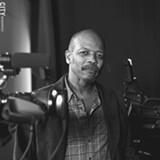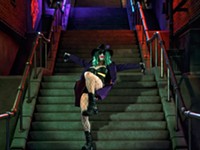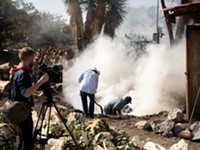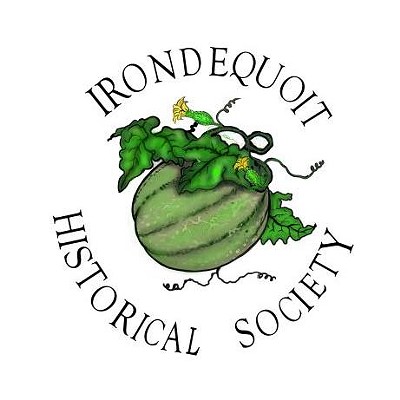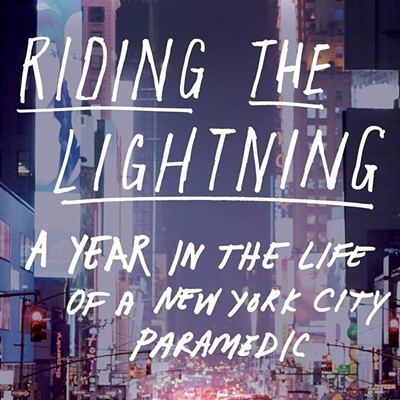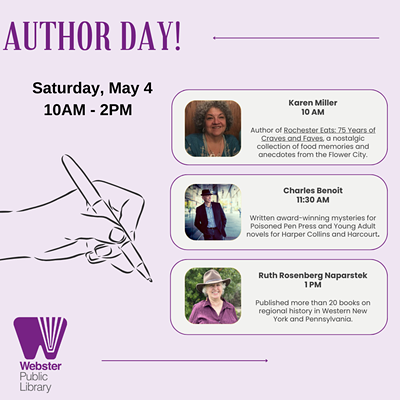[
{
"name": "500x250 Ad",
"insertPoint": "5",
"component": "15667920",
"parentWrapperClass": "",
"requiredCountToDisplay": "1"
}
]
Trinity Emmanuel Presbyterian Church on Wednesday, March 23, will host a screening of "Shadows of the Lynching Tree," Carvin Eison's 2010 award-winning documentary. While shedding light on America's lynching history, the film also asks if lynching has contemporary counterparts.
May 15 will mark the 100th anniversary of the brutal death of Jesse Washington, the teenage black farmhand who was lynched in Waco, Texas. Washington's 1916 murder is a central focus of the film.
The film is based around three ideas, beginning with the lynching of Washington. That event was "ceremonial, festive, and one of the most extraordinary events in relatively modern history," Eison says. It's estimated that 15,000 men, women, and children left their home, jobs, and school to witness the brutal torture and killing of Washington.
Waco in 1916 was a prosperous city, eager to promote a metropolitan, progressive image after struggling with a reputation for crime that developed in the 19th century. By the 1910's, the city had a growing black middle class as well as two black colleges.
"This wasn't some backwater event that happened in anonymity," Eison says.
It is estimated that about 3,000 African-Americans across the US were murdered by lynch mobs between 1890 and 1910, usually after whites were the victims of crimes allegedly committed by blacks. Lynching also served to promote a sense of white solidarity as demographics and power structures shifted.
"Lynching has a long and sordid history in America," James Turner, a Cornell University professor, says in the documentary, "used primarily against black people -- mostly males -- for the purposes of intimidating the black community and repressing them in conformity with the system of racial dominance. Those black people who were seen to be transgressing the normative racial order became targets for lynching."
Washington was accused of raping and murdering Lucy Fryer, the wife of his white employer in rural Robinson, Texas. Though there were no eyewitnesses to Fryer's death, Washington signed a confession and described the location of the murder weapon during his interrogation by the McLennan County sheriff.
The murder trial and sentencing in Waco was quick, in what has been called a "kangaroo" court filled with furious locals. Washington pled guilty, and immediately after his sentence of death was pronounced, he was snatched out of the court by observers and lynched in front of Waco's city hall.
It is not enough to say the young man was lynched if the statement only summons an image of a swift and unceremonious hanging. As in Washington's case, lynching often involved pitiless torture. Members of the mob castrated him, cut off his fingers, and lit a bonfire over which he was repeatedly raised and lowered for hours. Afterward, his charred torso was dragged through the town, and his body parts and bones were sold as souvenirs.
It wasn't uncommon for lynching victims to be photographed like trophies, but a professional photographer took pictures as Washington's ordeal unfolded, providing rare documentation of a lynching in progress. These pictures were then printed and sold as postcards, and some feature the faces of unabashed revelers. The fact that they didn't hide their identities suggests a confidence that the acts would go unpunished by trial or damage to reputation.
Lynching was illegal in Texas, but the crowd included city officials and police officers who made no moves to stop the attack. There was a celebratory air to the event, and the crowd included many children who attended during their lunch hour.
This brings us to the second concept Eison tackles in his documentary: the effect that witnessing such a socially-sanctioned event could have on a child, and what kind of person that child might grow up to be.
"In James Baldwin's short story, 'Going to Meet the Man,' a white father takes his boy, whose name is Jesse, to a lynching," Eison says. Baldwin also shows this boy as a sociopathic grown man, later in life.
The white boy inherits what the cultural normality is at that time, Eison says. In the film, he envisions that Baldwin's character Jesse was brought to the lynching of Jesse Washington.
"What happened to these kids who attended lynchings?" Eison says. "What happens to a child who was forced to witness the dismembering, the burning, the desecration of a human being? How does that affect them mentally? That's one of the questions that the film asks."
Eison was working on this film in 2007, during Obama's first presidential campaign. "I was seriously interested in how language of lynching and hatred was turning up" in culture at that time, he says. "There was a great deal of concern about what would happen to him -- would he be subject to the same violence so many black men had been, if they dared step out of line and their place in the culture? That was a very viable question asked in the black community."
This final conceptual thread joins the other two in Eison's film, and necessarily asks the viewer to consider the long shadows of this history that are cast upon our current culture.
Savage, racism-driven hysteria is living, breathing thing; we've seen race-based violence manifest in a number of ways, Eison says.
But mob violence against individuals has in some ways shifted to individuals committing violence against many.
For example, Dylann Roof last June killed nine members of the Emanuel African Methodist Episcopal Church in South Carolina. "His roots go deep into the psychology of lynching and racial animus and white racial superiority," Eison says, citing Roof's manifesto.
Eison also points out that while lynching used to be an "extralegal device that white culture used to control recently emancipated slaves who had no agency," it has in some ways been replaced by the scores of young black people who do the lynching themselves.
Dire conditions -- concentrated poverty, lack of resources, urban food deserts, educational wastelands, and the proliferation of guns -- lead to gang violence and "so-called black-on-black crime," Eison says. "It's a kind of self-genocide."
In our current election cycle, we're seeing racism patently promoted by politicians and talking heads: Muslims, Mexicans, and various other groups cast as "the other" are blamed for America's problems.
"It's being stoked and promoted by a major political candidate," Eison says. "I think that we should be very cautious as a nation -- when these sorts of forces are unleashed on a culture, there's no telling how this could end."
Eison says that the loss of economy, status, and self-worth for many Americans makes our country ripe for the kind of message that's being pushed by Donald Trump, for example.
But he says that focusing on "the other" as the reason why white Americans are not doing well is nothing new. That tactic may have been pushed under the rug by William Buckley and the conservative intelligentsia, who spread the idea of supremacy with much more sophisticated terminology, Eison says. "But Trump has come along and pulled the scab off that. That hatred, the othering, the idea that other people are not as worthy as white Americans, that's all coming back up to the surface now."
And then there's the glaring problem of trial-by-police. "When you talk about extralegal violence and extralegal justice," Eison says, "probably the biggest one in operation today is the relentless and unending stream of police shootings of black men and black boys in the streets of America. With almost complete impunity. No action."
Officers are quickly exonerated, and by and large the public accepts this. The victims "initiate their own deaths, according to the police," he says.
When we accept without question any action by a uniformed agent of the state, "it becomes another form of regulation," Eison says. "It also sends a message to white youth that this is an acceptable methodology, and a message to other black kids that this is what will happen to you if you step out of line."
Though there is no age recommendation, the film comes with a viewer discretion warning because of the graphic imagery it shows.
"You cannot screen it and eat popcorn," Eison says. "If you're going to watch it, you're going to have to deal with it. It brings up uncomfortable truths from one of the darkest eras in America's history that our country has never completely dealt with. When you see these photographs, you realize this is way more than you heard, if you heard anything at all."
"Shadows of the Lynching Tree" will be screened at Trinity Emmanuel Presbyterian Church (9 Shelter Street) on Wednesday, March 23, at 6:30 p.m., and will be followed by a talk back with Eison. The event is free and open to the public. For more information, call 254-2570 or email [email protected].
Speaking of...
Latest in Movie Previews
More by Rebecca Rafferty
-

Beyond folklore
Apr 4, 2024 -

Partnership perks: Public Provisions @ Flour City Bread
Feb 24, 2024 -

Raison d’Art
Feb 19, 2024 - More »
